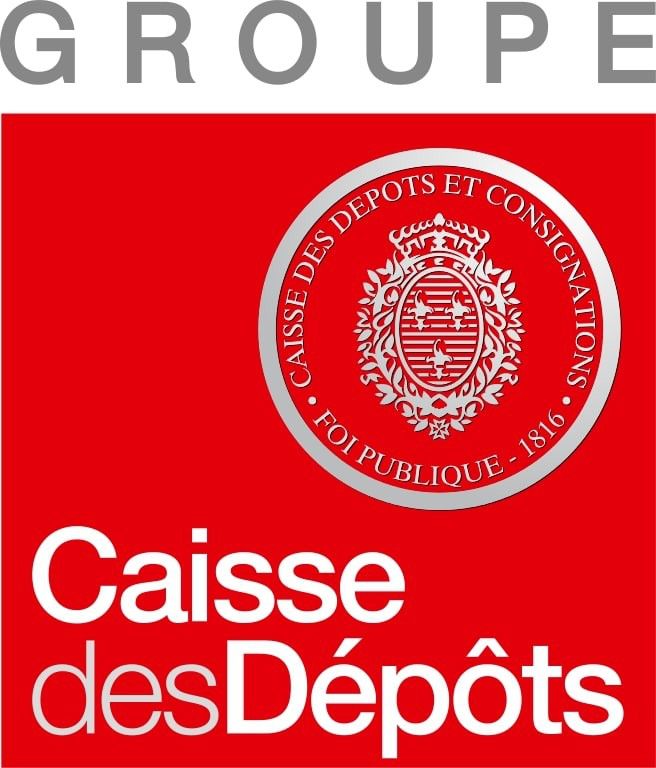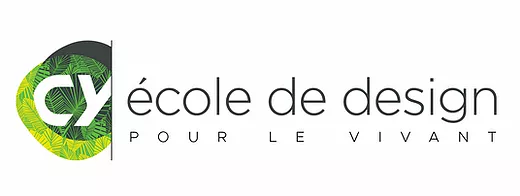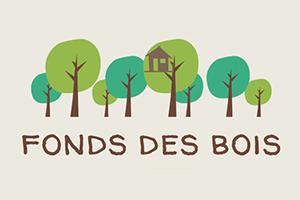Gesture as language
Published : Seminars, Figures de l'amateur |
Gesture as language
Under the direction of Patricia Ribault, doctor in Arts and Sciences of the Arts (University Paris I, Sorbonne).
From the gestures induced by the first tools and flint-stones, described by Leroi-Gourhan, up to the latest tactile screens and haptic technologies of the modern communicating objects, gestures has been a form of language. The gesture is set within an organization of the human body, a materiality that cannot be separated from the evolution of the social body. This language is left upon the objects we produce in traces that may be open to interpretation, according to a process defined as « formativity » by philosoph Luigi Pareyson : production and invention are inseparable.
This seminar is co-promoted by the Center on the History of Technics and Environments from the CNAM, from the EHESS and the LETA/GREDE. It will try to come up with a technogenesis of gesture through different approaches, anthropological, technological, artistic and philosophical. We will seek to define how the body inscribes itself in matter through praxis, in the works of the artist, the artisan, the engineer or the designer, but also how those gestures can produce systems of common expressions.
We will try to define what a « time of the gesture » would be in comparison with the great technical and social structures that shaped our history, and give a specific attention to the gesture of the artist, to which movement can be an end in itself rather that a way, opening space for a plastic expression which takes different courses than the « efficiency » required by technicity. Thus the gesture owns both the dimensions of research and experimentation, within the common action of body and mind, and through this definition we will try to think about new ways to explore the arts and the technics.
To remain up to date with current cultural technologies we will try to emphasize the notion of « motricity » as applied to the digital, or to the « hyper-obects » of our time, able to record and communicate between themselves, in unprecedented fashions.
Accès: Centre Pompidou, salle piazza (see map)
Calendart:
- March 16 2010: Toward an archeology of gesture
- March 30 2010: Gestures, professions and body languages
- April 20 2010: A philosophy of gesture
- May 4 2010: Interspecific communication, intersubjectivity and language structures
- May 25 2010: Materials and techne of the art
- June 15 2010: From gesture to tool
- June 29 2010: Motricities and digital practices
March 16 2010: Toward an archeology of gesture
Sadika Keskes : Artiste verrière, diplômée des Beaux-Arts de Tunis;
Patricia Ribault : Docteur en Arts et Sciences de l’art de l’Université de Paris I Panthéon-Sorbonne.
March 30 2010: Gestures, professions and body languages
Guy Martin : Chef cuisinier du restaurant Le Grand Véfour à Paris.
Jean-Christophe Bailly : écrivain, docteur en philosophie, professeur à l’Ecole du paysage de Blois.
April 20 2010: A philosophy of gesture
Bernard Stiegler : Philosophe, Docteur de l’EHESS, Directeur de l’Institut de recherche et d’innovation, Président d’Ars Industrialis
May 4 2010: Interspecific communication, intersubjectivity and language structures
Michel de Fornel : sociolinguiste et linguiste. Directeur d’Études à l’École des Hautes Études en Sciences Sociales (EHESS), directeur adjoint du Centre de Linguistique Théorique et coordinateur (avec Francis Zimmermann) du PRI Anthropologie et linguistique. Fondateur avec Emmanuel Désveaux du centre de Linguistique Anthropologique et Sociolinguistique (LIAS) au sein de l’Institut Marcel Mauss.
Frédéric Pouillaude : Agrégé et docteur en philosophie, maître de conférences à l’Université Paris IV-Sorbonne.
May 25 2010: Materials and techne of the art
Thierry Giannarelli : danseur et chorégraphe, docteur en neurophysiologie sensorielle, directeur de la Compagnie L’Imparfait et du Centre d’Exploration Chorégraphique de la Colle de Nouvé.
Gabriele Sofia : acteur et doctorant en cotutelle entre le laboratoire d’Ethnoscénologie à l’Université de Paris 8 et le département d’Arts et Sciences du Spectacle à la Sapienza, Université de Rome.
June 15 2010: From gesture to tool
Stéphane Thirouin : Design manager chez Facom.
June 29 2010: Motricities and digital practices
Michel Beaudouin Lafon : Professeur d’Informatique à l’Université de Paris-Sud, directeur du Laboratoire en Recherche Informatique, membre du projet In Situ du PCRI, commun au LRI/Université Paris-Sud-CNRS et à l’INRIA Saclay.
Pierre Cubaud : Professeur d’informatique au Conservatoire National des Arts et Métiers, membre permanent du CEDRIC (Centre d’Etudes et de Recherche en Informatique).
Gesture as language
Under the direction of Patricia Ribault, doctor in Arts and Sciences of the Arts (University Paris I, Sorbonne).
From the gestures induced by the first tools and flint-stones, described by Leroi-Gourhan, up to the latest tactile screens and haptic technologies of the modern communicating objects, gestures has been a form of language. The gesture is set within an organization of the human body, a materiality that cannot be separated from the evolution of the social body. This language is left upon the objects we produce in traces that may be open to interpretation, according to a process defined as « formativity » by philosoph Luigi Pareyson : production and invention are inseparable.
This seminar is co-promoted by the Center on the History of Technics and Environments from the CNAM, from the EHESS and the LETA/GREDE. It will try to come up with a technogenesis of gesture through different approaches, anthropological, technological, artistic and philosophical. We will seek to define how the body inscribes itself in matter through praxis, in the works of the artist, the artisan, the engineer or the designer, but also how those gestures can produce systems of common expressions.
We will try to define what a « time of the gesture » would be in comparison with the great technical and social structures that shaped our history, and give a specific attention to the gesture of the artist, to which movement can be an end in itself rather that a way, opening space for a plastic expression which takes different courses than the « efficiency » required by technicity. Thus the gesture owns both the dimensions of research and experimentation, within the common action of body and mind, and through this definition we will try to think about new ways to explore the arts and the technics.
To remain up to date with current cultural technologies we will try to emphasize the notion of « motricity » as applied to the digital, or to the « hyper-obects » of our time, able to record and communicate between themselves, in unprecedented fashions.
Inscription: contact@iri.centrepompidou.fr
Access: Centre Pompidou, salle piazza (see map)

 in english
in english en français
en français











